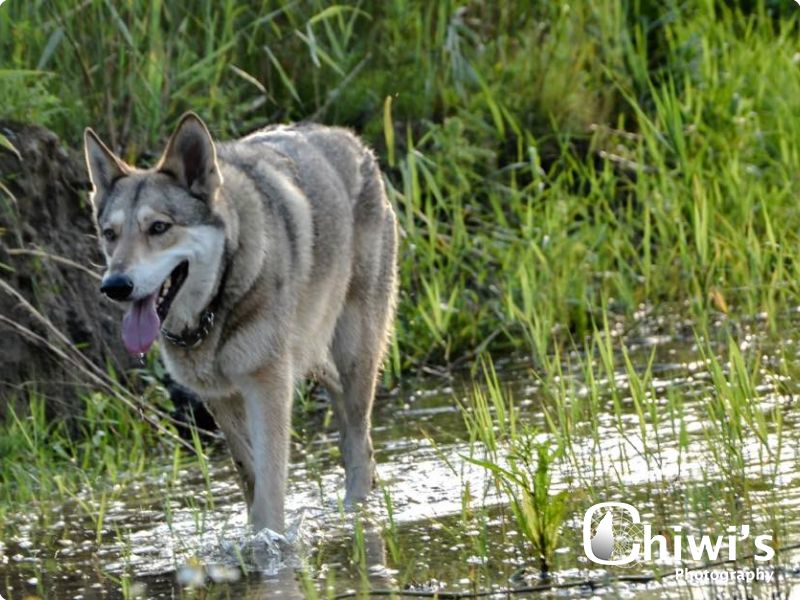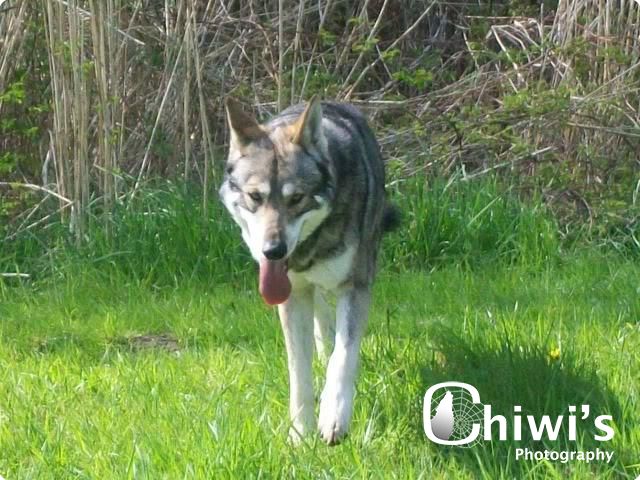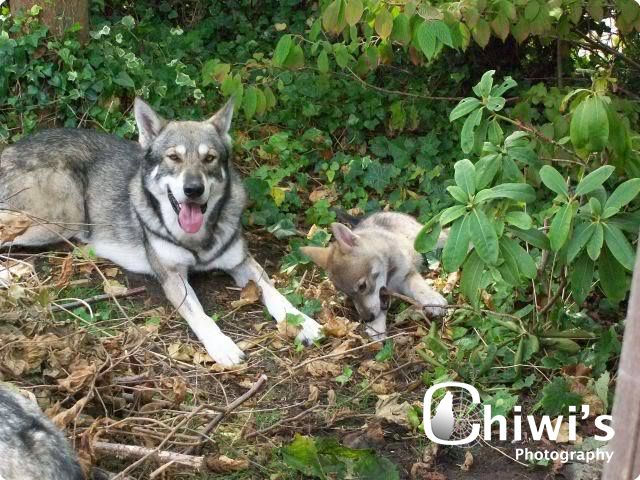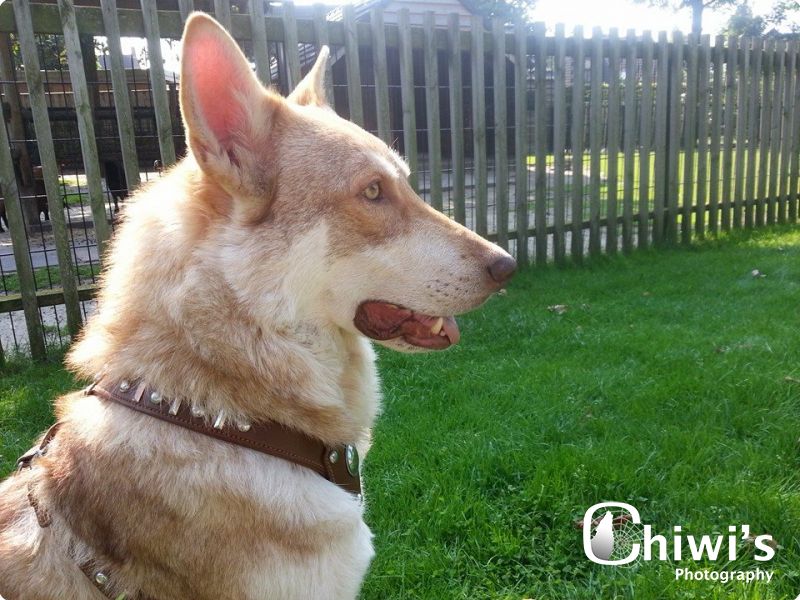SAARLOOS WOLFDOG
History
The Saarlooswolfdog is named after its 'creator' Leendert Saarloos (1884-1969). Leendert Saarloos wanted to improve his favorite pedigree dog, the German Shepherd, with the aim of breeding an ideal house dog and working dog. Therefore, he decided to cross the German Shepherd with a wolf. A curious train of thought, because exemplary experiments had come to nothing: the results of this crossing were shy and did not meet the goal that Leendert Saarloos was aiming for. After a number of years of experimentation, Leendert Saarloos found this out himself. It occurred to him that the dogs' natural caution might make them suitable as guide dogs for the blind. After the establishment of a guide dog school, the Saarloos wolfdogs were used on a limited scale as guide dogs for the blind. Today, we no longer see the Saarloos Wolfdog in this position. We can therefore no longer classify the breed as a working dog. The Saarloos Wolfdog is a real family or companion dog with a reliable and affectionate character. The goal of Leendert Saarloos to breed a special working dog has not been achieved. He has, however, been able to arrive at a dog breed that is close to nature and still contains many natural characteristics that have long disappeared in other breeds.
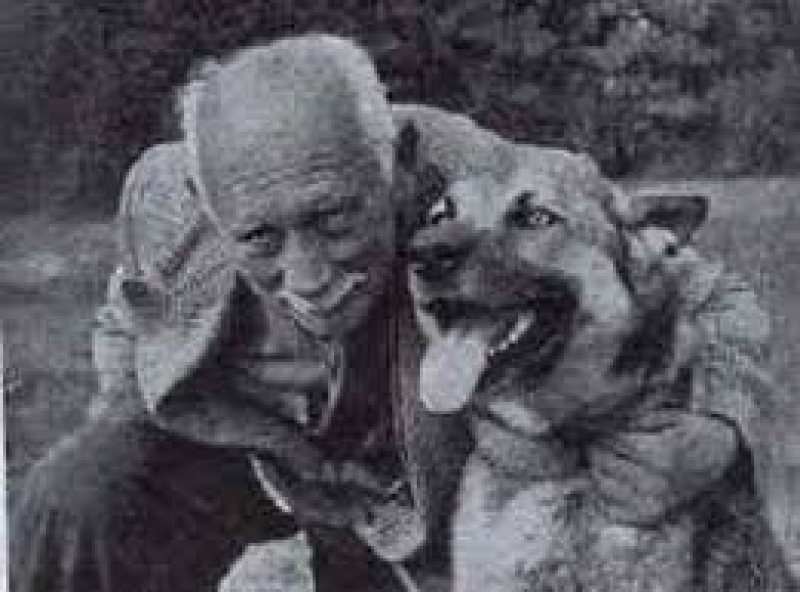
Leendert Saarloos wanted his 'breed' to be recognized. In 1942 he tried to get the 'European Wolfdog', as he had called his 'breed', recognized by the Raad van Beheer (Dutch Kennel Club).
This didn't work. Only in 1975, when Leendert Saarloos had already passed away, did his breed receive the long-awaited recognition. The breed was called Saarloos Wolfdog. Official recognition by the Fédération Cynologique Internationale (FCI) followed in 1977.
Originating from the European wolf and German Shepherd, the Saarloos Wolfdog (SWH) is a powerfully built dog. His appearance, physique, movement and coat are reminiscent of that of the wolf. He is harmoniously built and has long legs – without giving the impression of being long-legged. Males and females must clearly show their sex in appearance.
It is a family dog and absolutely cannot be left alone for long periods of time. Even if you teach the dog in the crate from puppyhood, this can lead to serious problems later on, where they can damage themselves well. Build this up slowly.
These dogs are sociable and tolerant of other dogs to some degree. Most males can live together in a pack. Multiple bitches in a pack often lead to serious problems.
Bitches rarely give up, so you've been warned.
Rehoming is also not so easy for a SWH because of his closeness to the family and his naturally reserved nature. A wonderful, stubborn, friendly, playful, energetic dog with its own will for its own family. For strangers a dog that is reserved and does not just walk towards the unknown.
Forcing the dog leads to mistrust of the owner and increases the distance between you. Reservedness should not be compared with fear.
The dog determines to a large extent whether he wants to approach the situation or leave it alone. Bribing is therefore not so obvious at the SWH. If you want to “work” with the dog, the SWH is not a dog for you. Because the SWH decides for himself whether he sees the benefit of something and their reservedness, a SWH is not the most ideal dog to exercise with. Of course you can certainly teach these dogs something, but nothing for nothing and if they don't feel like forcing it will backfire.




